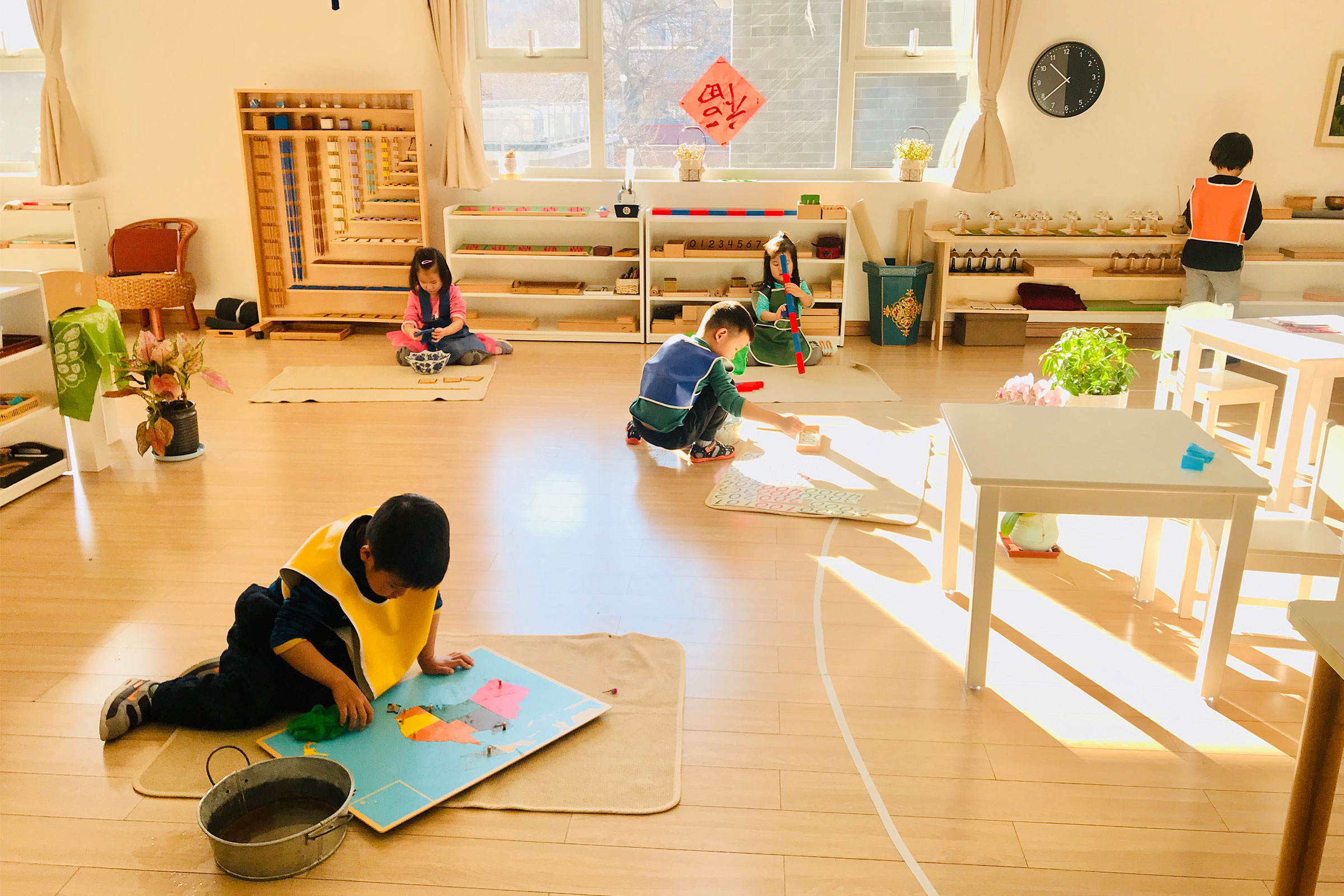Montessori Architecture experts Benjamin Stæhli and Steve Lawrence answer this month's questions:
Our foundational pattern is a ‘hierarchy of interconnected spaces’ which is derived from the variety of spaces we observe in appropriate use for children. In a Montessori environment we are encouraging adaptation to complex spatial forms. A hexagonal form may, in some circumstances, be appropriate, however in practical terms, hexagonal plans generate quite awkward angles, so care is needed.
The notion of a hexagon may derive from Maria Montessori’s own discussions with Dutch architect Ad Grimmon in the 1920s. Grimmon designed a notional Montessori school which included an octagonal form. Perhaps this design gave rise to the myth about octagonal/hexagonal classrooms?
The guidance we have taken from this exchange is to do with the complexity of spatial design with large and small spaces connected to each other without corridors. This was an inspired departure from the conventional form and it is a pattern we see universally in Montessori Architecture.
